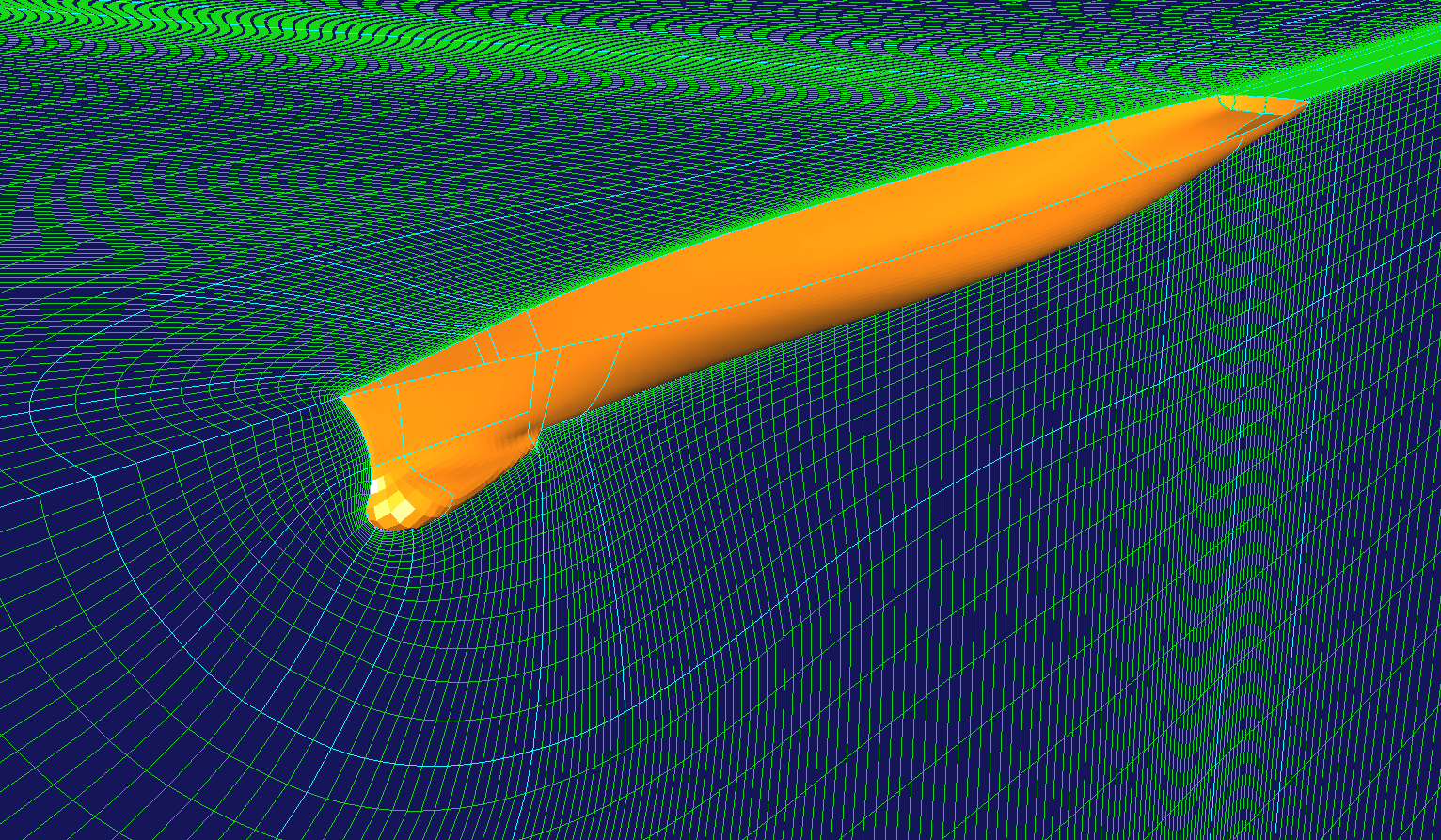
The options available on turbulence modeling and near-wall treatment in ANSYS FLUENT is shown in image below. "Turbulence modeling" is one of the most critical steps in overall simulation process: be it development of the program itself or application to real-life problems.

The picture below summarizes the inter-dependence of technology and applied mathematics. Any numerical simulation program has to deal with governing physics and its numerical applications, conversion of partial differential equations into equivalent matrix form and using computer to let users visualize the inputs and outputs. Reference: CFD modeling of combustion - Part 2 by Rixin Yu.īefore moving on the necessity of turbulence modeling, few words on the technologies involved in CFD simulations. In the following paragraphs, the terms associated with turbulence modeling, available methods and some recommendations have been described. Statistical averaging is just a mathematical operation to reduce the computational effort (even an engineering attempt to make is feasible) albeit at a small impact on accuracy. N-S equation is applicable to turbulent flows as good as it is for laminar flows. Note that the mathematical manipulation performed on Navier-Stokes (N-S) equation to derived RANS does not mean it is not applicable for turbulent flows. This is also called the "turbulence closure problem". Why - because new dependent variables (additional 6 variables - note that in 3D flows Reynolds stress is a 3×3 symmetric matrix) have been added without adding any new set of governing equations (which remains 4). The last terms in square bracket on the right hand side are called Reynolds stresses, the source that creates the turbulent disturbance of the otherwise steady Navier-Stokes equations - and hence creating a need of turbulence modeling. In order to make this equation congruent with the steady-state Navier-Stokes x-direction equation, it is conventional to transport timer-averaged value of square of fluctuating components terms to the right-hand side: Thus, the equation can be re-written in terms of mean (time averaged) value as follows: The time average of the terms on the right hand side of the x-momentum equation can be simplified by replacing the instantaneous component with time average component. Since, the time average of fluctuating component, u’ is zero, the above equation reduces to: The averaging of other terms is as follows here an over-bar indicates time averaging: The unsteady term on the left reduces to zero, note that time-averaging in unsteady flow condition makes no sense: The basic approach is to represent the spatially and time varying flow with a mean component varying spatially, u(x) and fluctuating component varying with space and time - known as Reynolds decomposition of u(x, t).įor a constant property fluid flow, x-momentum equation is: This method has led to many other variables such as k, ε and ω as well as transport equations governing them. Reynolds Averaged Navier Stokes (RANS) equation is one of them. This has led to development of other methods which can help estimate these flow scales. This type of turbulence models do not have capability to predict separation and reattachment. Such methods are known as mixing-length or "Zero-Equation Models" which have limited application as the eddy viscosity becomes constant throughout the domain.


Thus, indirectly turbulence model is a method to estimate V TURB and L TURB since they are not known a-priori. In its algebraic form, it can be simply represented as proportional to product of a "turbulent velocity scale (V TURB)" and a "turbulent length scale (L TURB)". The basic purpose of any turbulence model is to estimate the "turbulent or eddy viscosity". As "laminar viscosity" governs the flow field in laminar flows, "turbulent viscosity" is required to find out flow field in turbulent flows. One of the best known and a bit poetic definition is by Richardson which explain the energy cascade from mean flow to viscous dissipation at walls. And about the former I am rather optimistic."ĭespite such a remarkable and intriguing characteristics of "turbulent motion", there is no formal definition of turbulence and it has been characterized intuitively using terms like turbulent kinetic energy, turbulent dissipation rate and so on. One is quantum electrodynamics, and the other is the turbulent motion of fluids. Sir Horace Lamb, 1932, in an address to the British Association for the Advancement of Science:"I am an old man now, and when I die and go to heaven there are two matters on which I hope for enlightenment.

Turbulence: a necessity! Why it needs to be modeled and how it is modeled? Turbulence Modeling: Best Practice Guidelines


 0 kommentar(er)
0 kommentar(er)
